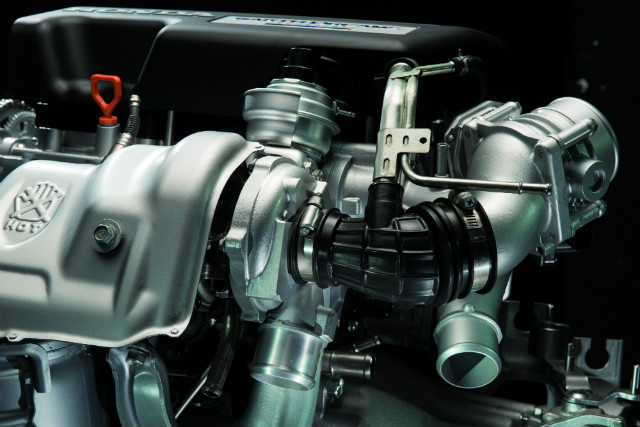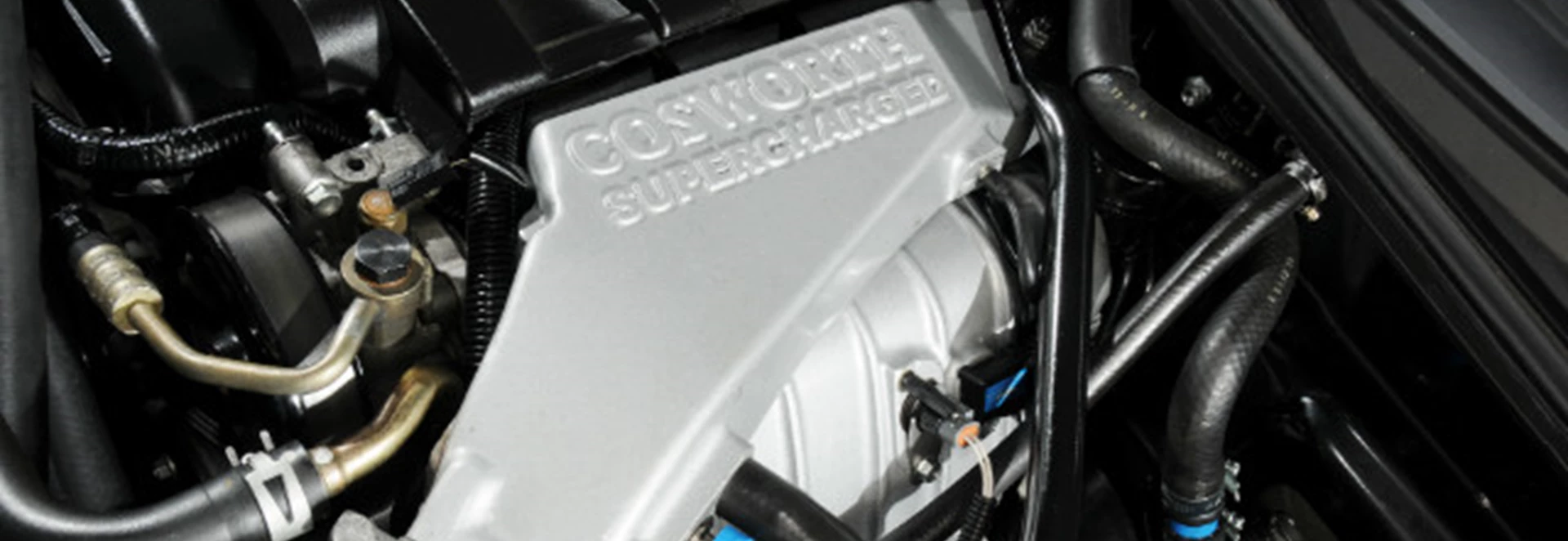One way in which many manufacturers boost the performance of a car’s engine is to install a turbocharger or supercharger. Both essentially perform the same task but what differences exist between the two and how do those differences affect car buyers?
In this guide, we summarise how turbochargers and superchargers and explain the differences that matter.
How do turbochargers and superchargers work?
Engines need to mix fuel and air to function and both turbochargers and superchargers serve the same purpose.
Basically, both devices force more air into the engine’s cylinders to create a larger power and torque output for the car. For this reason, turbochargers and superchargers are both referred to as forced induction systems.
What are the differences?
While they have the same main goal, turbochargers and superchargers are powered in very different ways.
To put it in simple terms, turbochargers rely on the pressure of exhaust gasses and is not directly connected to the engine, while superchargers are connected and rely on the engine’s crankshaft.

Turbochargers also run at an extremely hot temperature and need to be well insulated to avoid overheating. Therefore, unlike with superchargers, an intercooler is always paired with turbochargers to aid with temperature control.
Another notable difference is that turbochargers are nowadays commonly used for both petrol engines and diesel engines. Because of the differences in their construction, superchargers tend to only be utilised on petrol engines as it tends to be much simpler for them to be integrated to these.
Are turbochargers or superchargers better?
It’s difficult to pinpoint either turbochargers or superchargers as being the superior option, but each have their own advantages and disadvantages which car buyers may want to take into account when choosing their next purchase.
Turbochargers are better to suited to small, four-cylinder engines which are commonplace. They also work better at high engine speeds, are quieter and are more efficient.
Superchargers work better at lower revs per minute (rpm) than turbochargers, have better throttle response and are easier to maintain.
Also, superchargers can’t suffer from turbo lag, which is something that can occur with a turbocharged engine when there’s a time delay between the demand for increased power and actually receiving it. Turbo lag occurs when the exhaust gasses are not at the required pressure to make turbocharger function at maximum potential and deliver its performance boost.
Because of their better suitability with smaller engines and their superior efficiency, however, turbochargers have proven to be far more popularly used by manufacturers than superchargers. This especially applies when looking at the small car or family car market sectors.
When looking particularly at sports cars or any other performance-focused model though, some motorists may prefer the characteristics or easier maintenance offered by superchargers.




